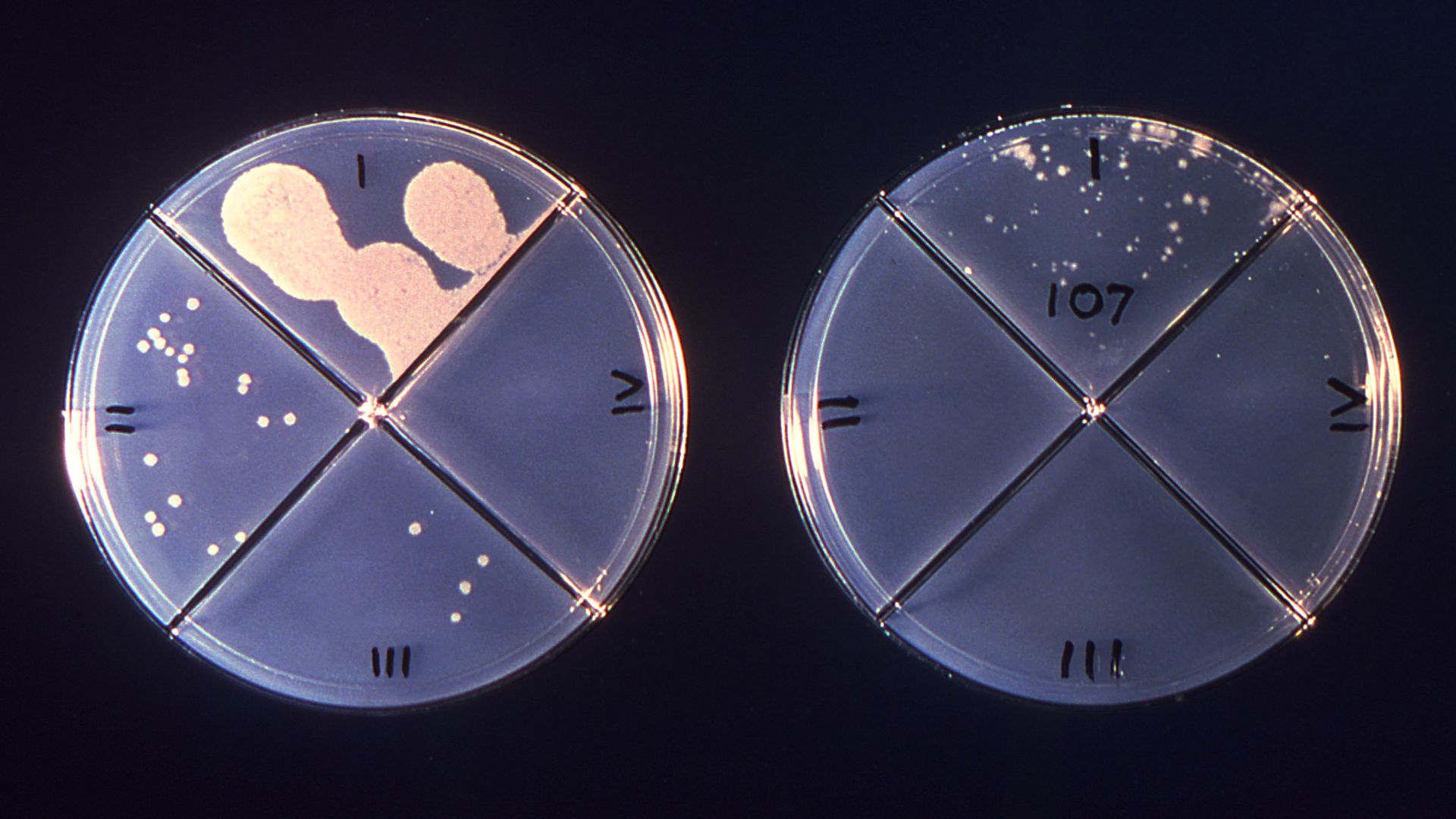When you buy through links on our site , we may earn an affiliate commission . Here ’s how it works .
Scientists have break a new class of antibiotic that can bolt down a wide of the mark range of life-threatening , drug - resistant bacterium .
Moreover , in lab experimentation , bacterium did n’t develop resistor to the new drug , called teixobactin , and in fact may take several decades to do so because of the drug ’s special mode of military action , the researchers say .

A superbug is a hardy and dangerous infectious disease.
" Teixobactin is a promising therapeutic nominee ; it is effective against drug - resistant pathogens in a numeral of creature models of contagion , " the researchers wrote in their theme .
The trouble of drug - resistant bacteria is a serious public wellness threat , and finding new antibiotic to undertake resistant bacterium is a difficult job . Existing method for isolate promising chemical compound from bacterial refinement often twist up only the types of antibiotics already in use , according to the sketch . [ 6 Superbugs to Watch Out For ]
In the new study , however , the researchers developed fresh method acting to find antibiotics . They meditate 10,000 strains of bacterium that live in the grunge , and arise them in their natural habitat . The researchers then isolated compound made by the bacteria and tested them against disease - causing bacteria .

The new antibiotic , named teixobactin , was one of those compound . In experiments in black eye , the researchers shew teixobactin was effective in treat creature infected with bacteria such as Mycobacterium tuberculous ( which make tuberculosis ) and Staphylococcus aureus ( which can taint people ’s skin and other tissue ) . Some strains of these bacterium are already resistant to one or more of antibiotics , make infection super difficult to treat in mass .
" Although still in the former stages of enquiry , the discovery of a potential young class of antibiotics is good news : the exploitation of raw antibiotic has stalled in recent decade , while underground to existing drug becomes an ever more serious threat to human health , " tell Dr. Richard Seabrook of the Wellcome Trust in the United Kingdom , who was not call for in the new research .
Teixobactin obliterate bacteria by bandage to fat atom on their cell wall , causing the wall to break down , grant to the subject . Most otherantibiotics target area proteinsin bacteria , and the bacteria become resistive when the cistron that code for those protein mutate . But targeting fat molecules may make it a lot knockout for the bacteria to produce resistance , the researchers sound out .

Another antibiotic , vancomycin , uses a mechanism interchangeable to the new antibiotic and it took 30 twelvemonth for ohmic resistance to vancomycin to emerge , the researchers noted .
The inquiry , published today ( Jan. 7 ) in thejournal Nature , is still in the other stages , and it ’s not yet clear yet whether the antibiotic is efficient in process infections in people .
" It is probable that additional born chemical compound , with similarly low susceptibleness to resistor , are present in nature and are wait to be discovered , " the investigator wrote .
















